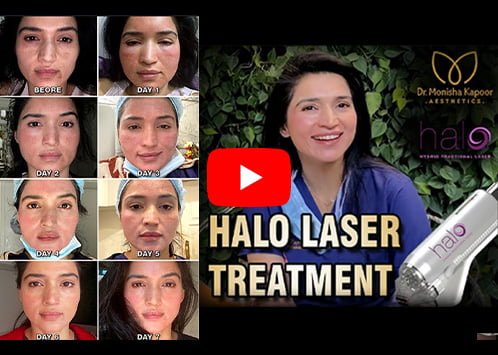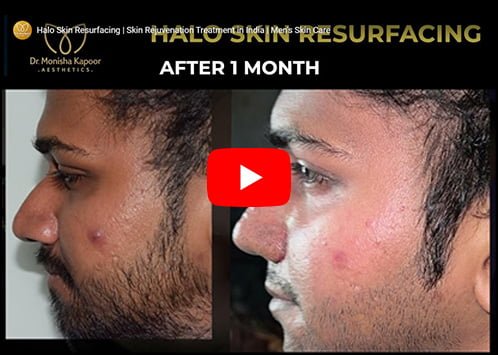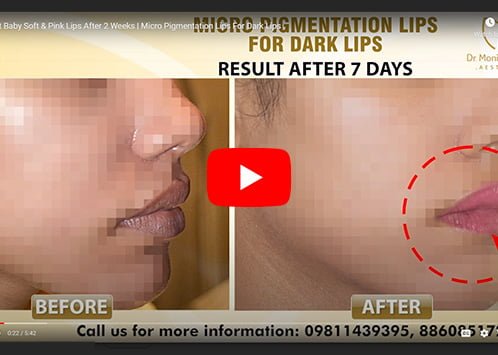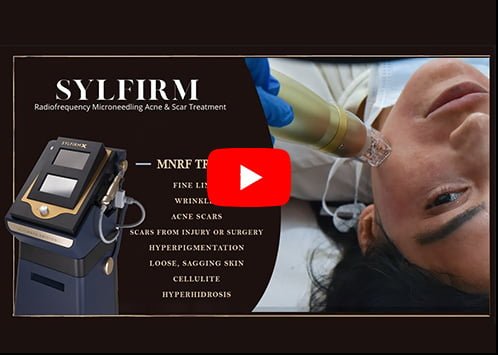Dermal Fillers
Dermal fillers are injections that plump up wrinkles and smooth lines on your face. There are several types of dermal fillers. Healthcare providers usually inject dermal fillers in the areas around your eyes, mouth and nose. This common cosmetic procedure typically produces results right away, and can last months or years.
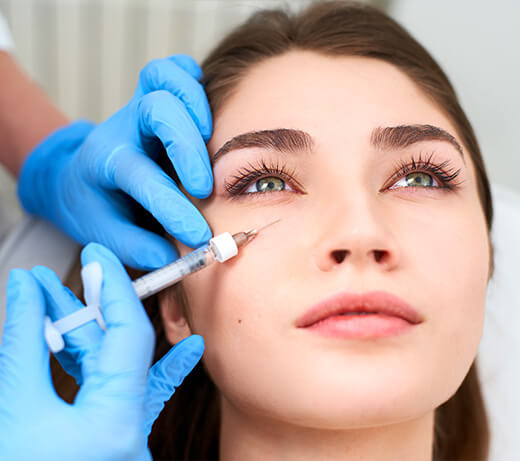
OVERVIEW
Dermal filler injections are a type of nonsurgical cosmetic procedure. Dermal fillers plump up wrinkles, smooth lines and restore volume in your face. The healthcare provider injects these substances just under your skin.
People choose to get dermal fillers to enhance their facial features or gain a more youthful appearance. This elective treatment usually takes less than half an hour, and recovery time is minimal. Results are seen right away and last months to years depending on the type of filler and the location.
There are several kinds of dermal fillers. Your healthcare provider will discuss your options with you.
As you age, your body starts to lose collagen. Collagen is an important substance that exists all over your body, including in your skin, muscles, bones and connective tissues. Decreased amounts of collagen in your skin causes skin laxity and loss of volume. Skin becomes thinner, loses its elasticity and starts to sag.
You may choose to get dermal fillers to:
- Add volume to sagging skin.
- Make your facial features more symmetrical.
- Plump up lips and cheeks.
- Smooth wrinkles and creases in your face.
There are many types of dermal fillers. In addition to “off-the-shelf” fillers that use synthetic (manmade materials) and substances that naturally occur in your body, healthcare providers can use fat from your own body. Healthcare providers call this procedure “autologous fat grafting,” where they remove fat from one part of your body and inject it into your face.
The types of off-the-shelf fillers include:
- Hyaluronic Acid (HA) is a naturally occurring acid in your skin. It gives your skin volume and keeps it hydrated. With age, your body stops making hyaluronic acid. Results from HA injections usually last six months to a year.
- Calcium hydroxylapatite (CaHA) is a type of filler that consists of a substance you have in your bones. Results from these fillers typically last around a year. Healthcare providers usually use CaHA fillers for deeper wrinkles.
- Poly-L-lactic acid (PLLA) is a substance that helps your body create its own collagen. Healthcare providers usually use poly-L-lactic acid to smooth deep wrinkles on your face. The results can last two years or more.
- Polymethylmethacrylate (PMMA) fillers consist of collagen and very small balls that stay under your skin after your healthcare provider injects them. The balls give your skin volume and keep it firm.
Your healthcare provider will review the types of dermal fillers and discuss the right option for you.
PROCEDURE DETAILS
You can get dermal fillers in your healthcare provider’s office. Your healthcare provider cleans your skin and may apply a lotion or cream with an anesthetic. The anesthetic numbs the area so the treatment will be more comfortable.
Using a thin needle, your healthcare provider injects small amounts of fillers under your skin. The needle will pinch or sting, but most people don’t experience much pain during these injections. Your healthcare provider may inject the fillers in several areas. The whole process can take a few minutes or up to an hour.
After receiving dermal filler injections, your healthcare provider will cleanse your skin. They may give you an ice pack to ease pain and swelling.
You may have bruises,swelling or discomfort after getting the injections. Usually, these side effects are mild and go away in a few days.
Many people see results right away after getting these injections. But everyone’s results are different. How long it takes to see results (and how long they last) depends on several factors, including the type of treatment you received.
The process for facial fat grafting is a little different. First, your healthcare provider removes fat from your own body using liposuction. After purifying the fat, they inject it into your face. This is usually an outpatient procedure (you go home the same day).
Because a fat grafting procedure requires an extra step, the process is more complicated than receiving off-the-shelf dermal fillers. Following liposuction and facial fat grafting, you may need to rest for up to two weeks. Ask your healthcare provider about the recovery time and whether this procedure is right for you.
Many people see results of dermal fillers right away. The injections usually take less than an hour, and you can get them right in your healthcare provider’s office. Because it’s a nonsurgical treatment, recovery time is minimal.
Depending on the type of filler, results can last months or even years. Some fillers work for more than two years. Dermal fillers are also typically less expensive than elective surgical procedures.
RECOVERY AND OUTLOOK
Everyone’s recovery time is different. Your recovery time depends on:
- How many areas your healthcare provider treated.
- The type of filler you got.
- Your overall health.
Most people can get back to the activities they enjoy right after getting dermal filler injections. Your healthcare provider may recommend taking a break from rigorous exercise or physical activity for a day or two, though.


